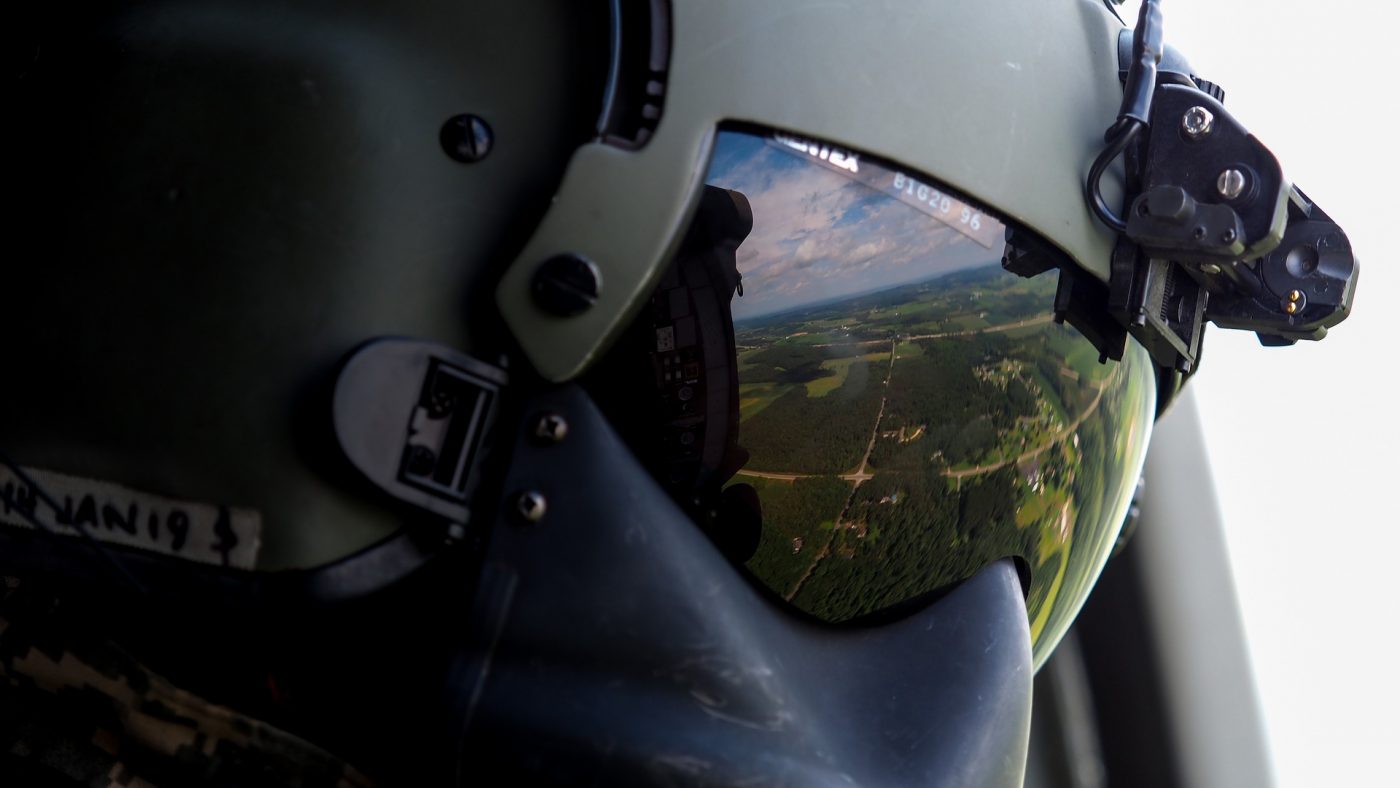THE INDUSTRIES WE WORK IN
THE INDUSTRIES WE WORK IN
WE LOVE A CHALLENGE
Aeris is expanding into new sectors, applying its national security-based experience, expertise, and technologies to industries such as aviation, renewable energy, air quality, and wildfires. We are working with customers who share our goal of continuing to foster a safer, more secure world. At Aeris we believe that creativity and innovation come from a passion for taking on new challenges and solving demanding technical and scientific problems that truly matter.
DEFENSE
Ensuring a resilient and secure America.
Chemical, Biological, Radiological or Nuclear (CBRN) material can pose a significant threat to military and civilian personnel alike. In the case of a material release, it is vital to estimate the source characteristics, as well as the subsequent transport and dispersion of the contaminant. Once the distribution of the material has been characterized, understanding the health effects amongst the affected population and the medical countermeasures available are critical to ensuring preparedness. Defense forces, along with federal, state, and local officials, can rely on Aeris to provide the tools and insights essential in making critical decisions to protect our warfighters and first responders, as well as strengthen homeland security and promote a more resilient and secure America.


AVIATION
Creating safe, efficient, effective, airspaces.
LIFE SCIENCE
Employing data-driven decision making.
Making critical decisions in the life sciences demands actionable solutions grounded in data. The Aeris team provides a diverse array of methods and a proven track record of supporting decision-makers in these vital areas. Whether you’re looking to forecast industry trends, model the degradation rate of bacteria in the environment, determine which countermeasures to stockpile, or identify promising novel therapeutics for investment, our team employs both quantitative and qualitative data-driven approaches to deliver analyses that effectively address your needs.

DATA SCIENCE
Applying cutting-edge artificial intelligence (AI) and machine learning (ML) technologies.
PUBLIC HEALTH
Facilitating preparedness and response activities.
Infectious diseases, including both natural outbreaks and intentional releases, pose a significant threat to the health and safety of our nation. Preparing for such an event requires understanding the number of medical countermeasure (antibiotics, vaccines, ventilators, etc.) and the amount of personal protective equipment (gloves, masks, etc.) that will be required to respond to such an incident, as well as understanding how quickly these important resources must be distributed. The Aeris team uses advanced epidemiological and health effects modeling to ensure our country is prepared for the next infectious disease outbreak.


AIR QUALITY
Improving the quality of life for all.

WILDFIRE
Enabling enhanced response to wildfires.
In recent years the frequency and intensity of wildfires has increased while the wildland-urban interface area has expanded, leading to an escalating societal cost of these events. Accurate forecasts of weather can help mitigate the dangers associated with responding to a wildfire and maximize the efficiency of wildfire response personnel. The need for aviation fire weather forecasts has also increased in recent years as airborne firefighting assets have proven to be one of the most effective tools for fighting wildland fires. Accurately representing the interactions between the fire, local terrain, fire fuel characteristics and the atmosphere is critical to predicting fire behavior and addressing the needs of these stakeholders. Aeris is working to develop a modeling framework that realistically simulates winds, fire, and smoke at scales of tens of meters in an effort to enhance response and resiliency to wildfires.
